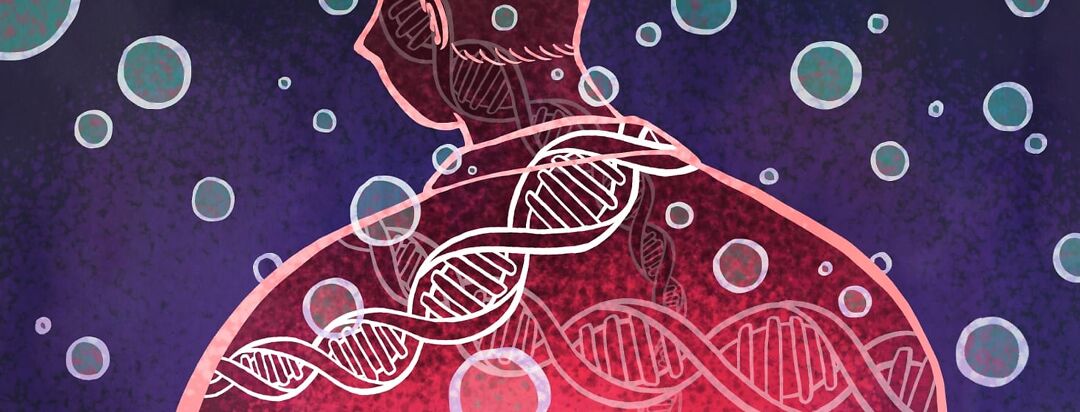Essential Thrombocythemia and JAK2 Mutation
Essential thrombocythemia (ET) is a rare disease. People who have it, though, on average, tend to have a normal life expectancy. People who have ET have an increased number of platelets. Platelets are the smallest of the blood cells and help your blood to clot. In ET, red blood cell numbers are usually typical, but white blood cell numbers can be normal or a little high.1
The biggest health risk for those living with ET is an increased risk of developing blood clots. It is very rare, but sometimes ET can evolve into a more serious or more advanced blood disease like myelofibrosis or acute leukemia. This happens in about 1 to 2 percent of people living with ET. Some people with ET also have a JAK2 mutation.1
What is a JAK2 mutation?
Approximately 50 to 60 percent of people with ET also have a genetic mutation (change) called JAK2. This mutation causes overactivity in an enzyme called a kinase – specifically Janus kinase 2 (JAK2). This mutation then affects the liver.1
The liver typically makes a hormone called thrombopoietin. This attaches to hematopoietic stem cells. These stem cells are immature cells that eventually become red blood cells, white blood cells, and platelets. If a JAK2 enzyme is present, this makes these stem cells divide into precursor cells that become platelets. These platelets are misshapen and can be very big, which increases the risk of blood clots.1
JAK2 mutations tend to be found in older adults with ET rather than younger people living with ET. However, more research is needed to understand why this happens.2
How does the JAK2 affect essential thrombocythemia?
For those with the JAK2 mutation, this is likely the specific genetic basis for their ET diagnosis.
For those without the JAK2 mutation, the genetic cause was unknown until 2013. Many people with ET have a mutation in a gene called calreticulin (CALR). These mutations were seen in about 70 percent of those with ET who did not have a JAK2 mutation.1
Researchers do not completely understand the function of CALR yet, but it appears to activate the same cell activity that is abnormally active in those with the JAK2 mutation. There is almost no difference in symptoms between people living with ET who have the JAK2 mutation and those with the CALR mutation. These are the most common mutations and are present in nearly 75 percent of those with ET.1
Most of the time these mutations are not inherited, and instead, they happen as someone ages.
A JAK2 mutation does not usually mean anything different for treatment, but it is a good clinical marker to know about. If a younger person has the JAK2 mutation it may indicate a higher risk for clotting, but it does not generally change the course of treatment.
Things to consider
If you have the JAK2 mutation, especially if you are under the age of 60, talk with your hematologist about your possible increased risk of clots. If you are over 60, ask the doctor what steps should be taken to help lower your risk of clots. Sometimes a medication called hydroxyurea is prescribed to reduce the risk of clotting, but there have been no specific studies on its safety and efficacy in those with ET.1
It is also important to remember that the JAK2 mutation is not typically present in the general population. It is a sign of a blood condition, but it is not specific for any 1 disease. Regular monitoring and check-ups can help you and your doctor spot any changes in your blood work results or physical health.3

Join the conversation